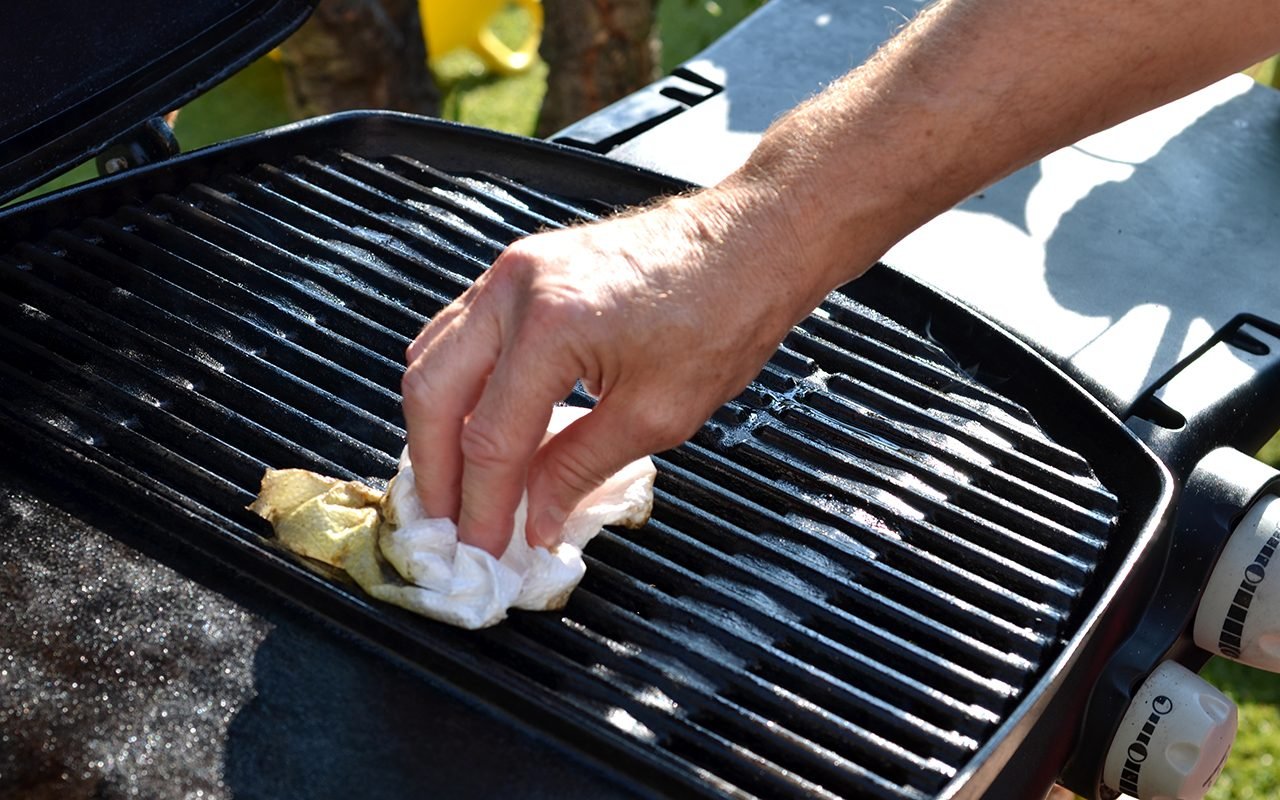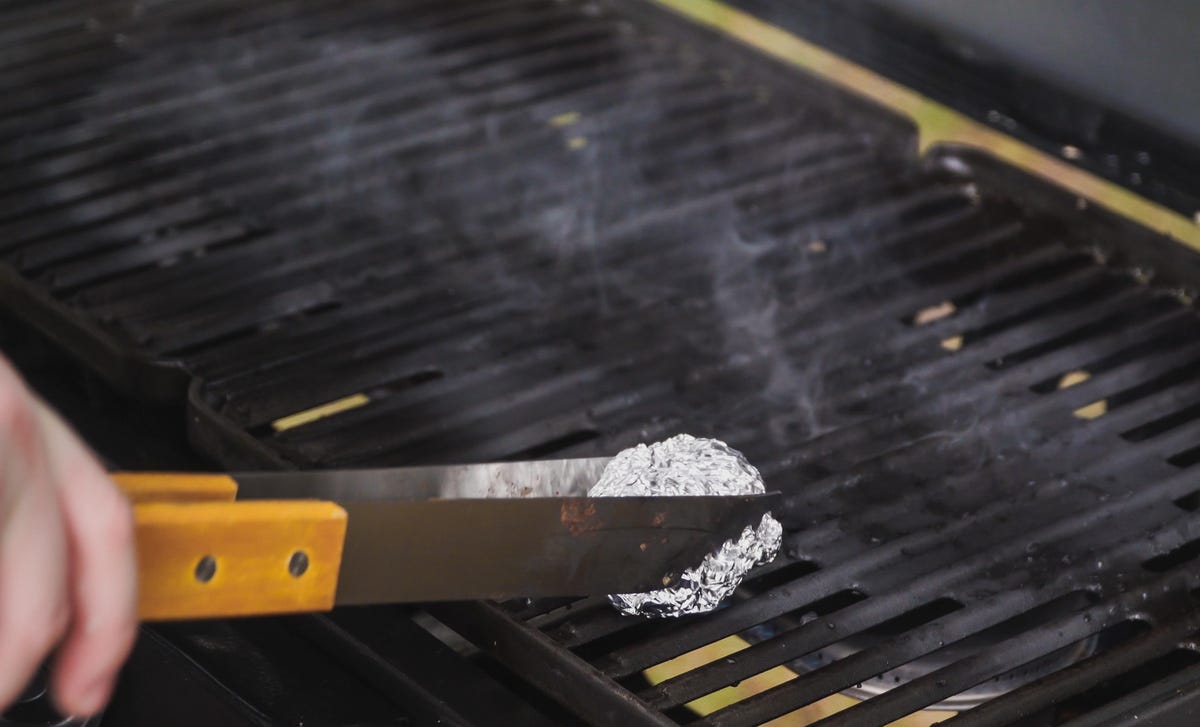Cooking Vegetables on Grill Grates: Sizzle and Savor
Written By James Morgan
For barbecue enthusiasts, nothing quite compares to the thrill of grilling. While meats often take center stage, mastering the art of cooking vegetables on grill grates can elevate your grilling game to new heights. Whether you're a seasoned grill master or a weekend hobbyist, incorporating vegetables into your barbecue repertoire offers a flavorful and nutritious dimension to your meals.
Grilling vegetables on grates not only enhances their natural flavors but also adds a delightful char and smokiness that simply cant be replicated. In this guide, we'll explore the essential techniques, tips, and tricks to ensure your grilled vegetables are nothing short of spectacular.

The Basics of Grilling Vegetables
When it comes to grilling vegetables on grill grates, preparation is key. Start by selecting fresh, high-quality vegetables. Popular choices include bell peppers, zucchini, asparagus, mushrooms, and corn. These vegetables hold up well on the grill and absorb flavors beautifully.
Pre-Grill Preparation
Before you fire up the grill, it's essential to prepare your vegetables properly. Wash and dry them thoroughly, then consider marinating for an added flavor boost. A simple marinade of olive oil, lemon juice, garlic, salt, and pepper works wonders. Allow the vegetables to marinate for at least 30 minutes to ensure they absorb the flavors.
Grill Setup and Techniques
Setting up your grill correctly is crucial. Ensure your grill grates are clean and well-oiled to prevent sticking. If you're unsure how to maintain your grill, check out these tips on cleaning cast iron grill grates. Preheat your grill to medium-high heat, around 375 to 450 degrees Fahrenheit, as this temperature range is ideal for grilling vegetables.
Mastering the Grilling Process
The process of cooking vegetables on grill grates requires patience and attention. Different vegetables have varying cooking times, so it's essential to monitor them closely to prevent overcooking.
Direct vs. Indirect Heat
Understanding the difference between direct and indirect heat is crucial for grilling success. For vegetables, it's often best to use a combination of both. Start with direct heat to achieve those beautiful grill marks and finish with indirect heat to cook through without burning.
Grill Marks and Presentation
Grill marks not only look appealing but also indicate a well-executed grilling technique. To achieve perfect grill marks, place your vegetables at a 45-degree angle to the grates, then rotate them 90 degrees halfway through cooking. For more on achieving perfect grill marks, visit this helpful guide on how to get perfect grill marks.
Enhancing Flavors and Textures
Once you've mastered the basics of grilling vegetables on grill grates, the next step is to enhance their flavors and textures. Experiment with different seasonings, herbs, and even a touch of smoke for a unique twist.
Finishing Touches
After your vegetables are perfectly grilled, consider adding finishing touches like a sprinkle of sea salt, a drizzle of balsamic glaze, or a sprinkle of fresh herbs. These small additions can elevate the flavors and make your grilled vegetables truly memorable.
Pairing with Grilled Meats
Grilled vegetables make a fantastic accompaniment to grilled meats. Their fresh flavors and vibrant colors complement the richness of barbecued meats beautifully. For more ideas on pairing, check out our article on how to sear steak on grill grates.
Common Grilling Challenges and Solutions
Grilling is an art that comes with its own set of challenges. Here are some common issues you might face when cooking vegetables on grill grates and how to overcome them.
Dealing with Sticking
One of the most common problems is vegetables sticking to the grill grates. To prevent this, ensure your grates are well-oiled and preheated. Additionally, avoid moving the vegetables too soon. Allow them to form a sear before flipping.
Avoiding Overcooking
Overcooked vegetables can become mushy and lose their vibrant color. To avoid this, keep a close eye on cooking times and use a skewer to test for doneness. The vegetables should be tender but still have a slight bite.

FAQ Section
Q1: Can all vegetables be grilled?
A1: While most vegetables can be grilled, some fare better than others. Firmer vegetables like bell peppers, zucchini, and corn hold up well to grilling.
Q2: How do I prevent my vegetables from drying out?
A2: Marinating vegetables before grilling helps retain moisture. Additionally, avoid overcooking and use a basting brush to apply marinade during grilling.
Q3: What's the best way to clean grill grates after grilling vegetables?
A3: Cleaning grill grates is essential for maintaining their longevity and performance. For tips on cleaning, visit how to clean grill grates.



